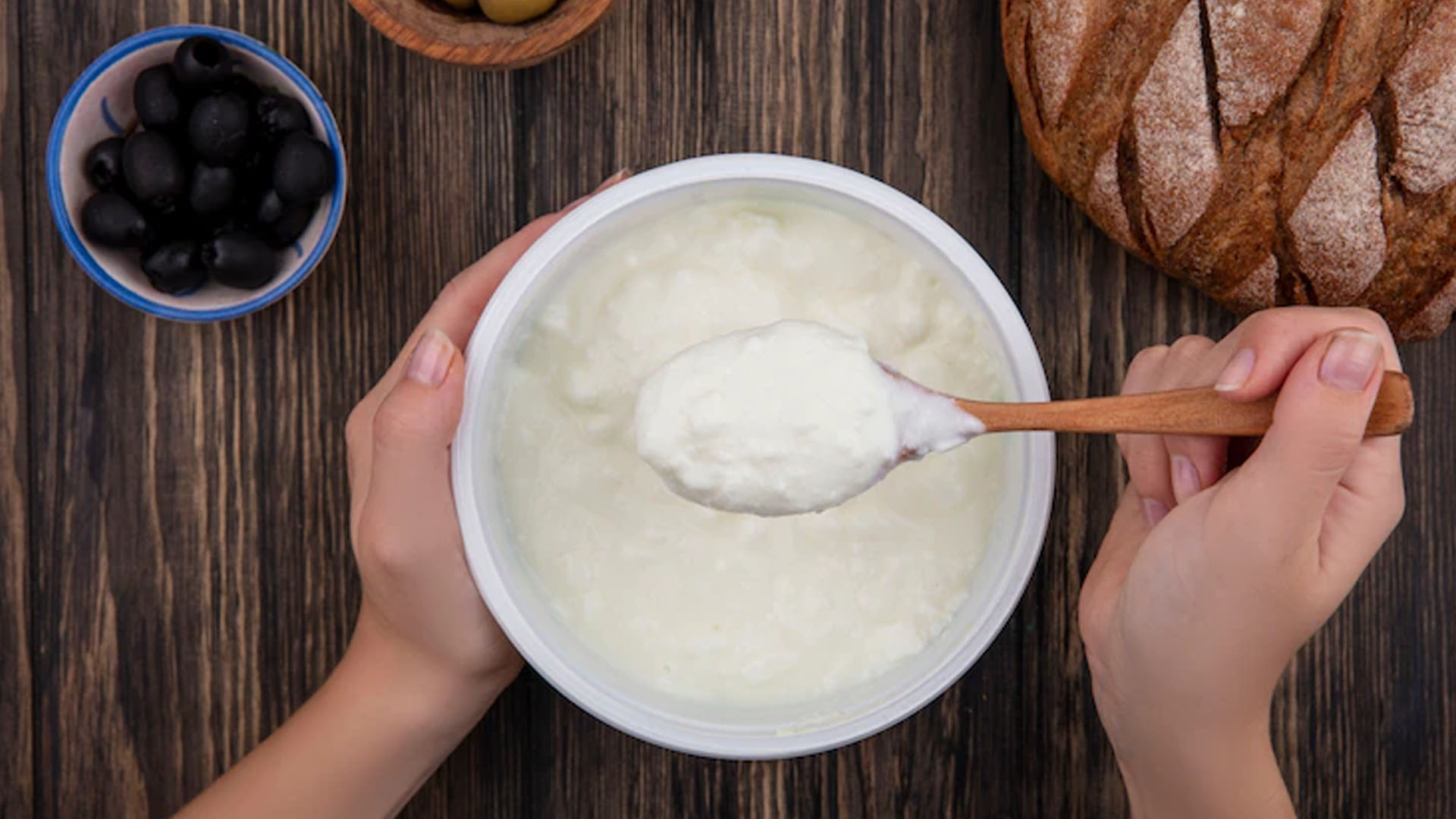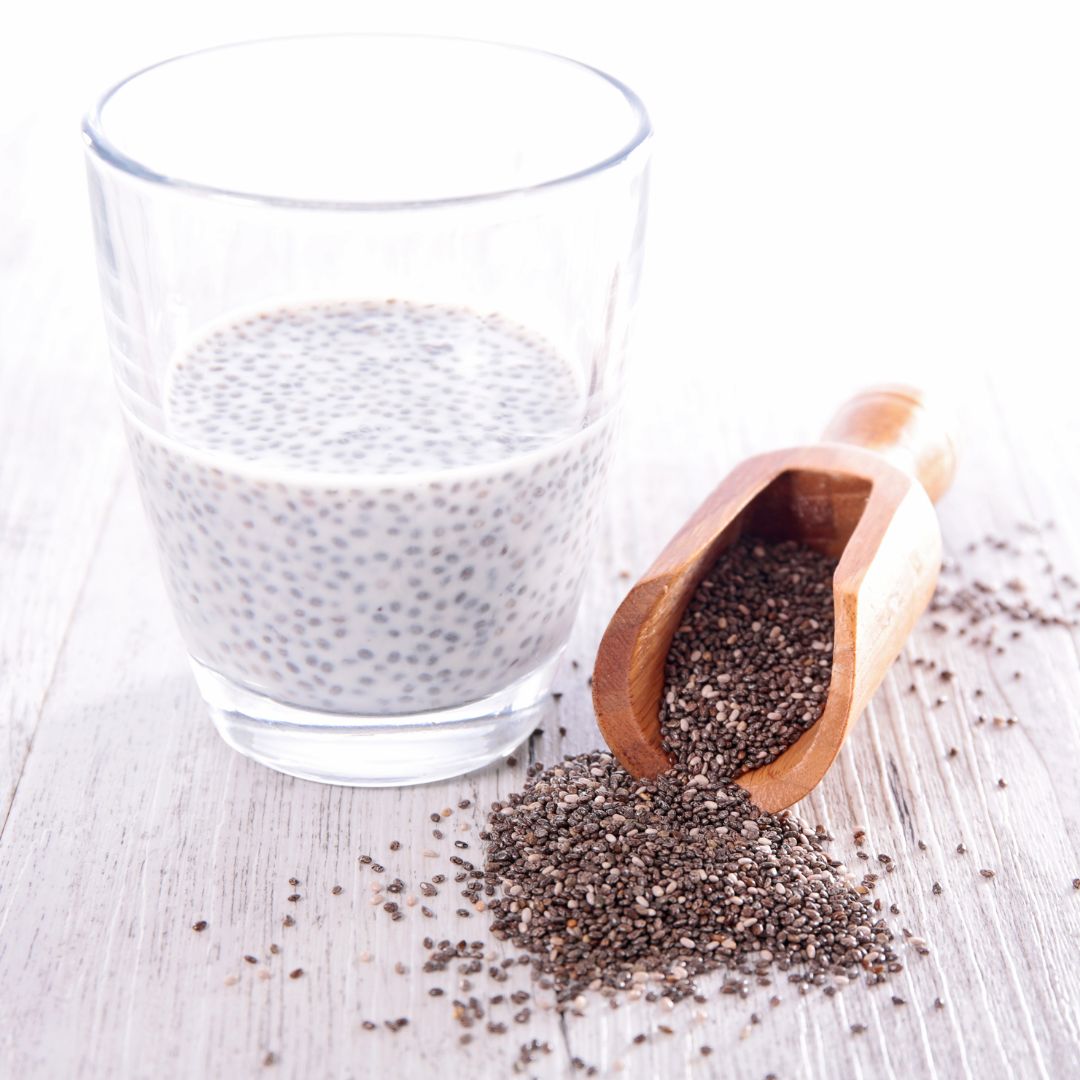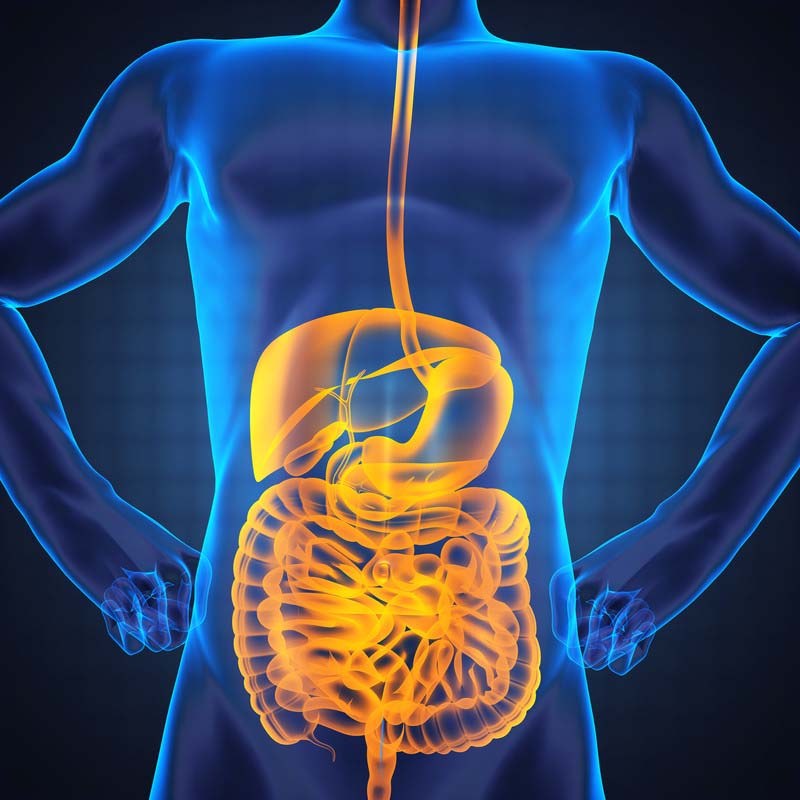Curd, also known as yogurt, has been a staple in diets around the world for centuries. Beyond its creamy texture and delicious taste, curd is a nutritional powerhouse, offering a myriad of health benefits. Whether enjoyed on its own, added to smoothies, or incorporated into savory dishes, curd has the potential to elevate both your taste buds and your well-being. Let's delve into the various advantages that curd brings to the table.
1. Rich Source of Probiotics
Gut Health Booster
One of the most well-known benefits of curd is its abundance
of probiotics. These live beneficial bacteria promote a healthy balance of gut
flora, aiding in digestion and supporting overall gut health. Regular
consumption of curd can contribute to a thriving gut microbiome.
2. Excellent Protein Source
Muscle Building and Repair
Curd is a rich source of high-quality protein, making it an
excellent option for those looking to build and repair muscle tissue. The
protein content in curd provides essential amino acids, contributing to the
body's growth and maintenance processes.
3. Enhances Bone Health
Calcium and Vitamin D Duo
Curd is a significant source of calcium and vitamin D,
essential nutrients for maintaining strong and healthy bones. Adequate calcium
intake is crucial for bone density, and the combination of calcium and vitamin
D in curd supports optimal bone health.
4. Boosts Immune System
Immunomodulatory Properties
The probiotics present in curd not only benefit the gut but
also play a role in modulating the immune system. A healthy gut microbiome is
linked to improved immune function, and regular consumption of curd can
contribute to overall immune system support.
5. Supports Weight Management
Satiety and Metabolism
Curd can be a valuable ally in weight management. The
protein and fat content in curd contribute to a sense of satiety, helping to
control hunger and reduce overall calorie intake. Additionally, the calcium in
curd is believed to play a role in fat metabolism.
6. Maintains Skin Health
Nourishment from Within
The vitamins and minerals in curd, including vitamin E and
zinc, contribute to maintaining healthy skin. The lactic acid in curd may also
have exfoliating properties, promoting a natural glow and aiding in the removal
of dead skin cells.
7. Regulates Blood Pressure
Potassium for Cardiovascular Health
Curd contains potassium, a mineral associated with blood
pressure regulation. Adequate potassium intake is linked to a lower risk of
hypertension, and including curd in a balanced diet can contribute to
cardiovascular health.
8. Manages Lactose Intolerance
Digestive Comfort
For individuals with lactose intolerance, curd can be a more
digestible dairy option. The fermentation process breaks down lactose, making
curd easier to tolerate for those who may experience discomfort with other
dairy products.
9. Provides B Vitamins
Energy Metabolism Support
Curd is a good source of B vitamins, including B12, B2, and
B5. These vitamins play a crucial role in energy metabolism, supporting the
body's ability to convert food into usable energy and promoting overall
vitality.
10. Potential Mental Health Benefits
Probiotics and Mood
Emerging research suggests a potential link between gut
health and mental well-being. The gut-brain connection may mean that the
probiotics in curd could have positive effects on mood and mental health,
though more research is needed in this area.
Conclusion: A Versatile Health Elixir
From gut health to bone strength and beyond, curd emerges as
a versatile health elixir that can be easily incorporated into a balanced diet.
Whether enjoyed as a snack, a part of a meal, or in various culinary creations,
curd offers a delicious and nutritious way to enhance your overall well-being.
So, the next time you savor a spoonful of curd, know that
you're not just enjoying a delightful taste but also embracing a multitude of
health benefits that this dairy delight brings to your body.












